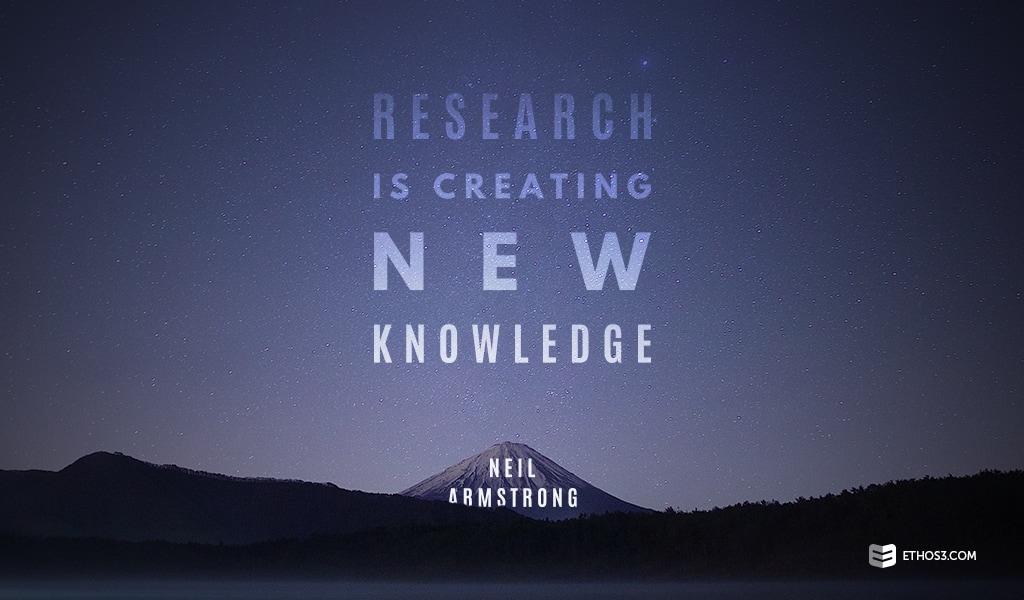Merriam-Webster defines research as “careful study that is done to find and report new knowledge about something” or “the activity of getting information about a subject.” It’s one of the most crucial parts of creating a stellar presentation. That’s why we’ve answered some of the questions you probably ask yourself when beginning a big deck.

1. Where do I start?
Structure in the research process can significantly improve the structure of your presentation too. So, we would suggest tackling your narrative like a research paper – at least for the purpose of settling on an outline for your argument; your main points; and corresponding evidence. After you’ve selected your presentation topic, scour the Internet or even consider stepping foot into a library and reading physical renditions of information. Here are a few places you could visit and actions you could take in the beginnings of research:
- Google Scholar
- Statista
- Relevant podcasts
- News articles
- Interviews with experts
After you’ve collected a substantial amount of information related to your topic, develop your opinion or primary message.
2. How do I organize everything?
When I conduct research for a client’s storyboard or for an Ethos3 blog post, I typically work within Google Docs. This allows me to copy and paste articles of interest. Then, I open a few at a time in tabs and glean the most important or relevant pieces of information and create a bulleted list under each article heading in my Google Doc. That way, I have the highlights moving forward. Others prefer to use platforms like Evernote to organize their research findings. At the end of the day, it’s really up to you and which platform or system in which you operate most effectively and efficiently. At the conclusion of this stage, create an outline of your presentation – however fleshed out.
3. When do I know when I am done?
For the most part, the answer to this questions depends on the deadline of your project. Always ensure that you have carved out enough time in your schedule to craft a compelling narrative with your research. Another sign that you’ve completed the research process of presentation creation is when you’ve exhausted nearly all sources. Do you keep meandering to the same authority and information? Then, you’re likely ready to move on to presentation design.
4. How do I present my research?
There are a multitude of approaches you could take to presenting data, statistics, outcomes, and results. Our advice for your standard presentation would be to vary the way you present data throughout your deck. Include Twitterable moments by calling out a specific statistic through just illustrated text on a slide. Opt for icons to help visualize the meaning behind the numbers. If you are still at a crossroads with displaying your research findings, these resources will provide guidance:
The Conundrum of the Presentation Graph
How to Develop a Story From Data
Iconography Guide for Your Presentation Design
The research stage of any presentation project is what you make of it. Take advantage of the responsibility by allocating the appropriate amount of time for it and truly mapping out the best journey for your presentation message. Need more information? View the following articles:
The Role of Research in Your Presentations
Many Hats: The Story of the Presenter
10 Places to Research Your Paper: Including and Beyond the Internet
